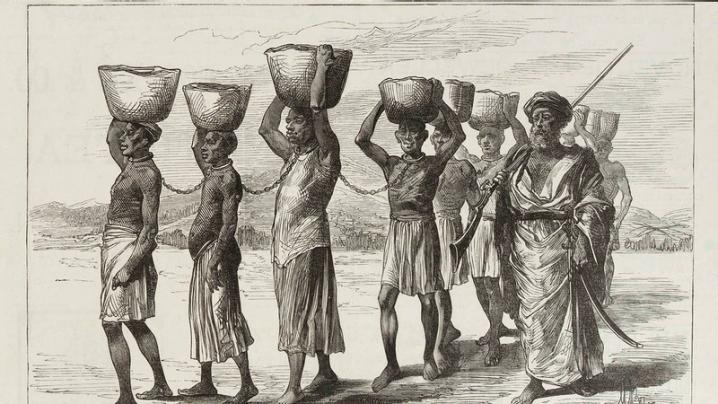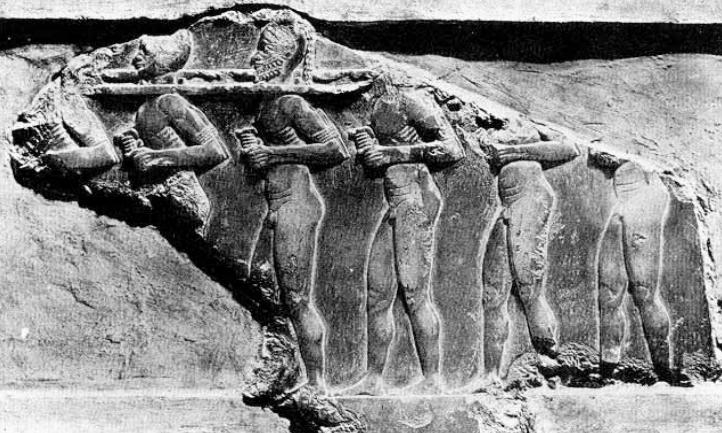Slaves
Slaves belonged to the lowest class in the ancient Mesopotamia social classes, at the bottom of the social class pyramid. People in the lowest class were punished by the nation, kidnapped, trafficked, sold themselves because they couldn't pay off debt, and sold by their relatives to settle the debt. According to John Patrick Guinto, crimes like harming one's elder brother or mother were punished by enslavement. As a result, slaves were mostly procured from war captives and criminals. Slaves were forced to wear textile skirts fastened around their waists and extending up to their knees and as long as the owner so desired.
Slavery was widespread and popular in ancient cultures, and it was especially common in Mesopotamian society. The society recognized for its accomplishments in many aspects of life was essentially a primitive, semi-barbarian civilization. Slavery existed and was prevalent across Mesopotamia.
According to Richard Marrison, despite the fact that members in this class were well prepared, skilled, and talented, they were never given the opportunity to advance to higher grades. They were not given the same rights or power as the upper class. They were tasked with instructing youngsters, caring for horses, managing accounts, crafting jewelry, and creating a variety of artworks. Almost everyone was capable and efficient enough to finish the allocated chores in the time allotted.








